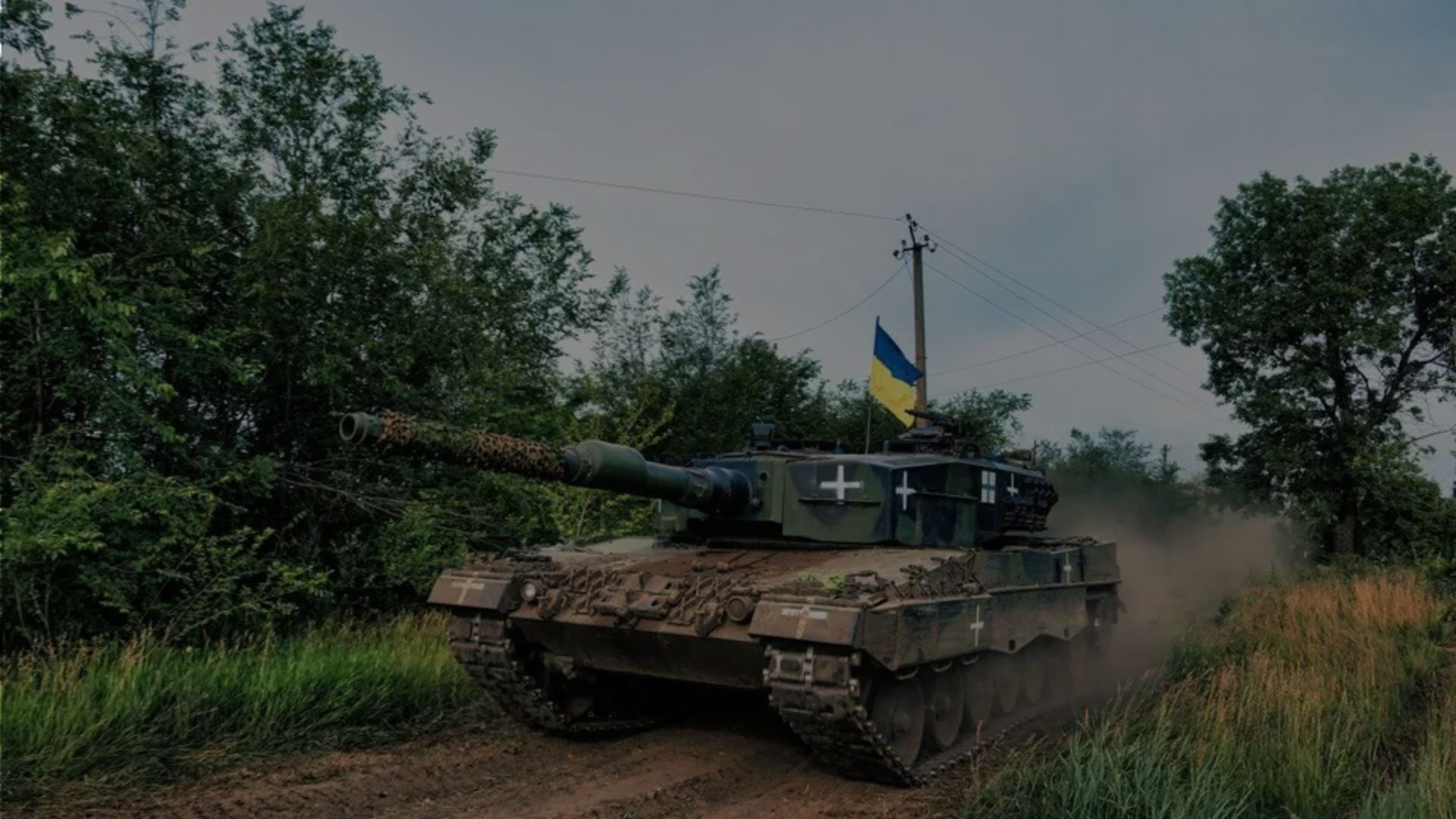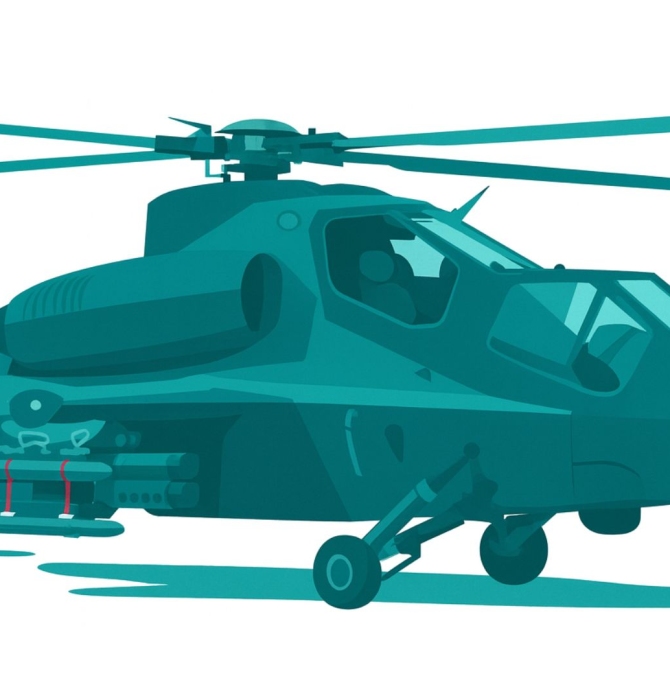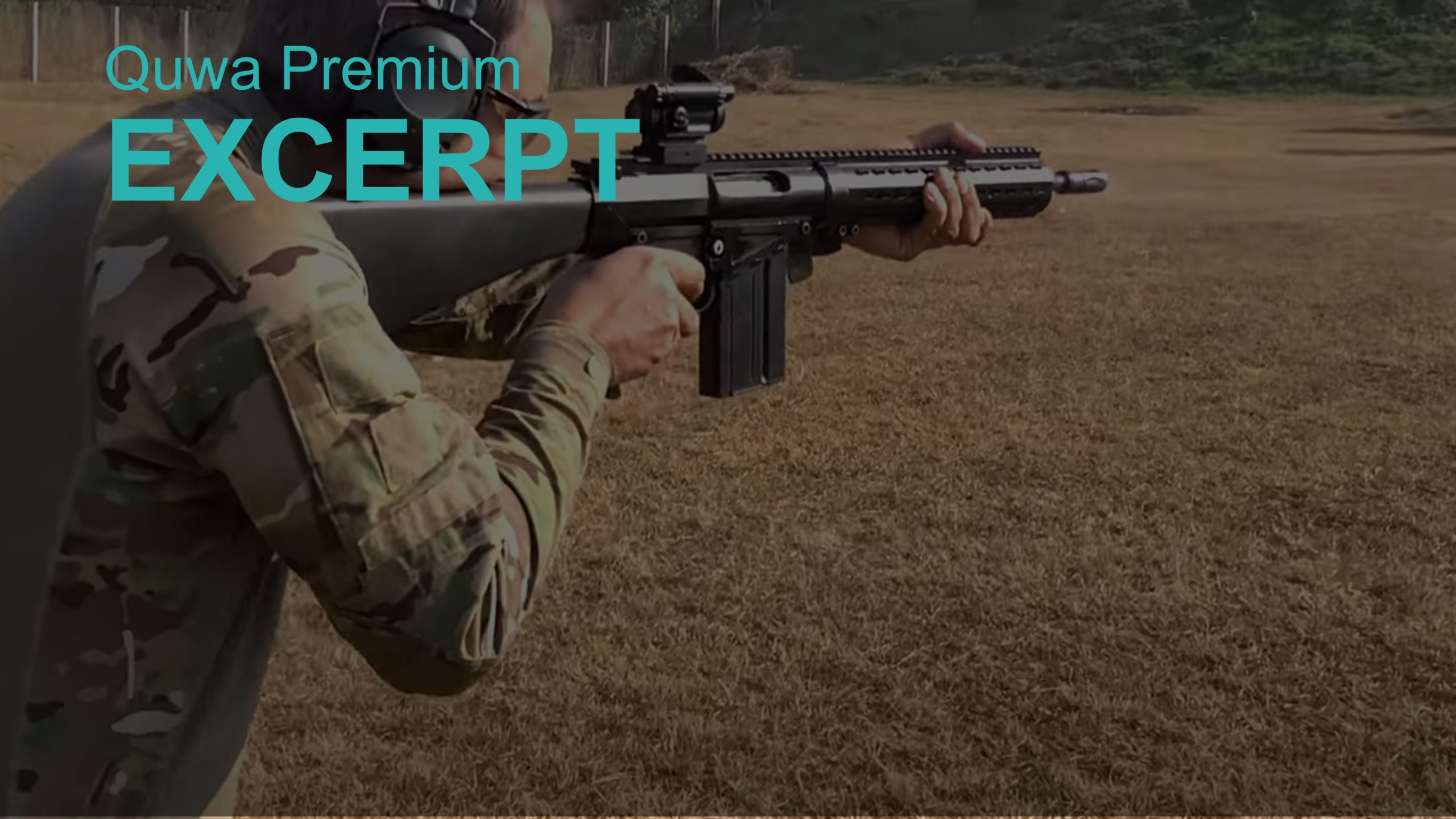4797Views

Lessons from Ukraine: Do Traditional Platforms Still Matter? Quwa Premium
Bilal Khan
Founder of Quwa, Bilal has been researching Pakistani defence industry and security issues for over 15 years. His work has been cited by Pakistan's National Defence University (NDU), the Council of Foreign Relations, Bulletin of Atomic Scientists, Centre of Airpower Studies and many others. He has a Hons. B.A in Political Science and Masters of Interntional Public Policy from Wilfrid Laurier University in Waterloo, Ontario, Canada.
On 09 August, the Ukrainian government reported that its security forces used a first-person-view (FPV) drone to target, attack, and destroy a flying Russian Mi-28 attack helicopter. This is the second reported use of a FPV drone against a helicopter, with the first purportedly being used on a Russian Mi-8 transport or utility helicopter.
Throughout the course of the Russia-Ukraine War, headlines have repeatedly painted the narrative that specific weapon types – especially loitering munitions and guided artillery – are displacing more traditional armaments, such as main battle tanks (MBT), infantry fighting vehicles (IFV), and attack helicopters.
However, the reality of the situation is more nuanced. Analysts, for example, have pegged the majority of Russia’s armour losses to inadequate preparation, planning, and execution more so than solely a shift in technology. For example, in the earlier stages of the war, Russian armoured units were told to advance in the absence of sufficient artillery, electronic warfare (EW), and air defence coverage. Thus, these Russian columns were left exposed, giving Ukraine an advantage.
The counterpoint to this argument would be that the new technology enabled Ukraine to quickly exploit the gaps in Russia’s strategy, perhaps more quickly than had it solely relied on traditional weapon systems or methods. Thus, there is no doubt that loitering munitions, guided surface-to-surface missiles (SSM), advanced surface-to-air missiles (SAM), and drones have cemented their respective positions in military arsenals.
The real question is whether these systems have displaced the importance of traditional weapons, such as MBTs, among others.
The Case for Traditional Platforms
The argument that proponents of traditional armaments make is that these systems were always designed to optimally work in well-executed combined arms maneuvers. In other words, tanks always needed some measure of air support, artillery fire support, air defence coverage, and infantry presence. In fact, in light of the advent of drones and loitering munitions, one can argue that EW is now an essential piece as well.
While requiring significant support, MBTs – when used correctly – can help militaries penetrate defensive lines as well as capture and hold territory. No system emerged to replace the MBT in this role. However, there are differences in how countries design MBTs, with the West generally preferring more heavyweight designs, while Eastern powers focusing on lighter platforms. Geography and doctrine had shaped these differences, but it is possible one could see further adaptation to counter drones or loitering munitions.
Likewise, the loss of Mi-28s in combat may not be an indictment on attack helicopters, or even the Mi-28 for that matter. Rather, one must accept that Russia and Ukraine are fighting a full-scale conventional war, one that employs the heavy use of armour, airpower, EW, and other capabilities on both sides. Hence, the loss of aircraft on both sides is, basically, par for the course and there is no clear route to preventing such losses (other than opting to not use the system at all).
In fact, Russia has also shown that – despite losses – attack helicopters can be valuable assets, even in contested and high-threat anti-air environments. For example, while Russia reportedly lost 40 Ka-52s in the war, the Ka-52 also inflicted substantial damage to Ukraine’s land forces and blunting Kyiv’s summer counteroffensive. Once again, changes in tactics and new, longer-ranged air-to-surface munitions helped Russia get more utility from the Ka-52. The core platform did not necessarily become obsolete; rather, it needed changes in its configuration and deployment.
Log in or subscribe to read the rest of the article
End of excerpt (280/1,039 words)
Note: Logged in members may need to refresh the article page to see the article.


